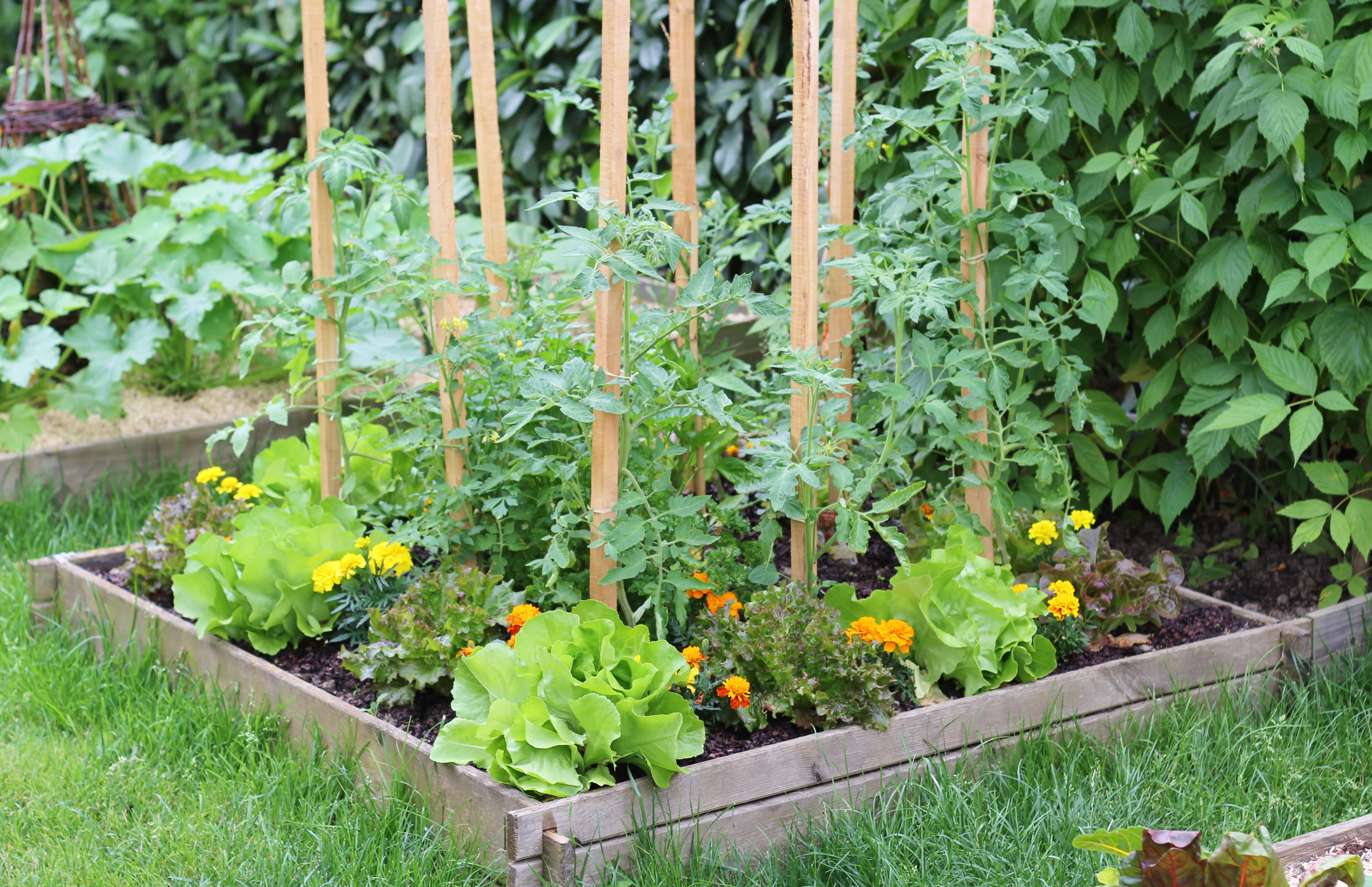K-State horticulture instructor says a vertical garden offers many benefits in addition to needing less space
Kansas State University horticulture instructor Cynthia Domenghini says home gardeners can expand garden space by taking it to the next level…literally.
Domenghini said many crops can be grown vertically, including the more traditional tomatoes, pole beans and peas as well as vining crops such as cucumbers, melons, squash and gourds.
“Elevating plants off the ground increases the air flow which can help prevent disease,” Domenghini said. “Bringing the height of the produce up also makes harvesting easier.”
Domenghini recommends edible-pod and snow peas because those crops have longer vines and are therefore more appropriate for growing vertically than English (shelling) peas.
Bush-type vining crops produce short vines and are consequently less suitable for vertical growth. “Be mindful of crops that grow large fruit as they could damage the vine if grown vertically,” Domenghini said.
Supporting your vertical garden with a sturdy structure is also important. Domenghini suggests bamboo poles.
“Create a pup tent or A-frame structure by leaning two cattle panels or pallets together and securing them at the top. Alternatively, a single panel can be tied upright to T-posts for support. Plant vining crops at the base and train them to grow upward,” she said.
Domenghini and her colleagues in K-State’s Department of Horticulture and Natural Resources produce a weekly Horticulture Newsletter with tips for maintaining home landscapes and gardens. The newsletter is available to view online or can be delivered by email each week.
Interested persons can also send their garden and yard-related questions to Domenghini at [email protected], or contact your local K-State Research and Extension office.




